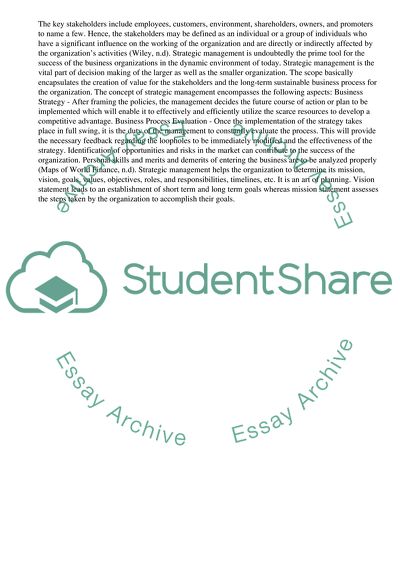Cite this document
(Strategic Management Process Term Paper Example | Topics and Well Written Essays - 3000 words - 15, n.d.)
Strategic Management Process Term Paper Example | Topics and Well Written Essays - 3000 words - 15. Retrieved from https://studentshare.org/management/1741240-strategic-management
Strategic Management Process Term Paper Example | Topics and Well Written Essays - 3000 words - 15. Retrieved from https://studentshare.org/management/1741240-strategic-management
(Strategic Management Process Term Paper Example | Topics and Well Written Essays - 3000 Words - 15)
Strategic Management Process Term Paper Example | Topics and Well Written Essays - 3000 Words - 15. https://studentshare.org/management/1741240-strategic-management.
Strategic Management Process Term Paper Example | Topics and Well Written Essays - 3000 Words - 15. https://studentshare.org/management/1741240-strategic-management.
“Strategic Management Process Term Paper Example | Topics and Well Written Essays - 3000 Words - 15”, n.d. https://studentshare.org/management/1741240-strategic-management.


